Max Thinius
The high street revival
The high street revival

»Have you noticed how drastically our cities have already changed after only one year of home office?«
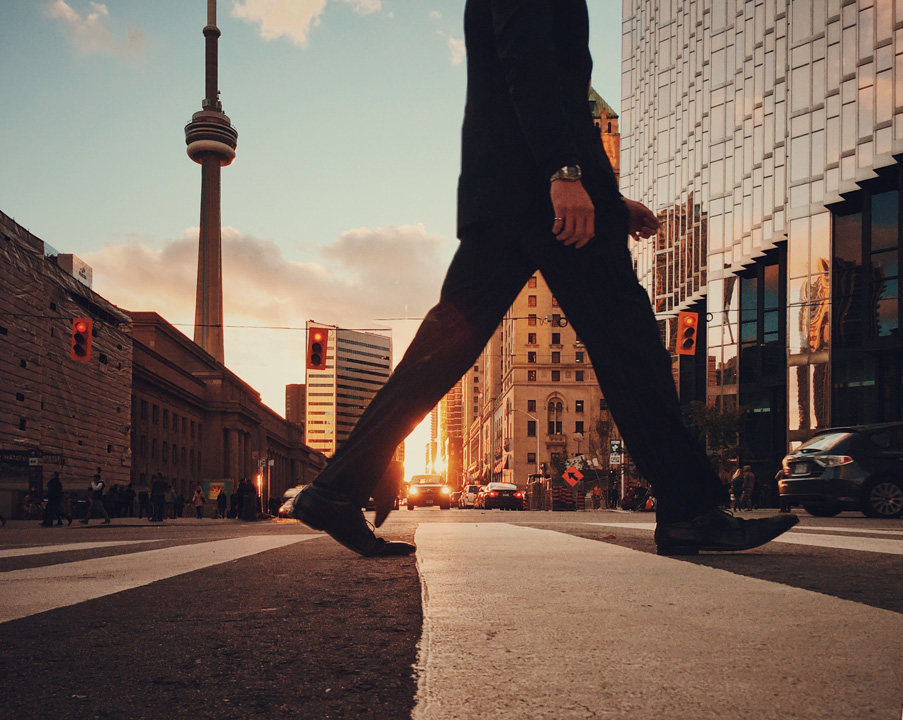
Our cities were once optimised for industrialisation. Streets, roads, buildings, the entire organisation of the city was optimised for the flow of goods as well as human resources.
Individual villages, which continued to grow, were increasingly incorporated and became parts of the next big cities. Many local centres just vanished, and the stores and workshops of the neighbourhoods disappeared.
Plus: the automobile was at the top of the hierarchy and shaped the cities in a rather brutal way because it was considered the engine of industrial society and growth.
»The high street is coming back …
… and the flair of the city districts is appealing again.«
But now this big historic trend is reversing because the digital future is at hand. We notice all of a sudden that everything is changing again for the better because work is increasingly location-independent. Many administrative and intellectual activities can be done from anywhere and furthermore craftsmanship is coming back into the districts – of course with digital support.
In addition, another aspect comes into play which is obviously much more than setting up ergonomic seats and video conferencing at home. Have you noticed how drastically our cities have already changed after only one year of home office? It changes the way we organise our entire city life and results in, among other things, a completely different local public transport system.
New timetables are in need as well as different car sizes, namely more and smaller ones. Public transport services will become more and more individualised with a much broader range of services we can use to get from A to B.
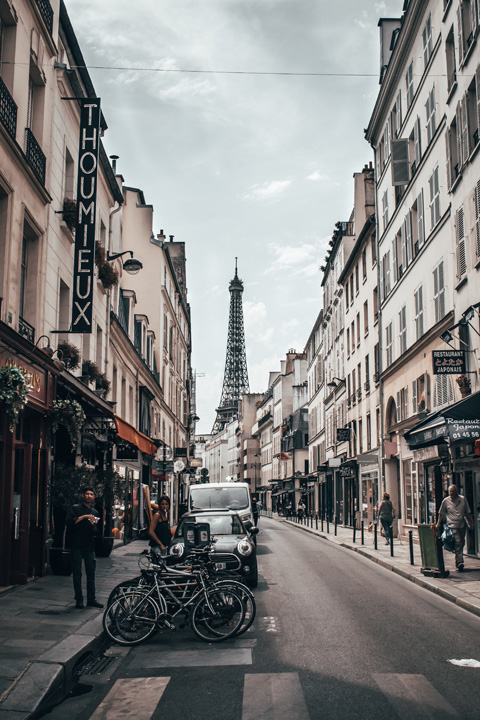
In our future, it is less about covering long distances to the big city centre and more about being agile and mobile within your individual local district. The high street is coming back and the flair of the city districts is appealing again. A new generation of digitalised and networked shops will arise.
If I need something that is not available in my district, it will be delivered from a neighbouring district in the future – less and less from a central international platform. New logistics and goods systems make this possible. And algorithms that calculate in advance what is needed in a district. The whole thing works because the local demand for goods, but also social living structures, is increasing rapidly.
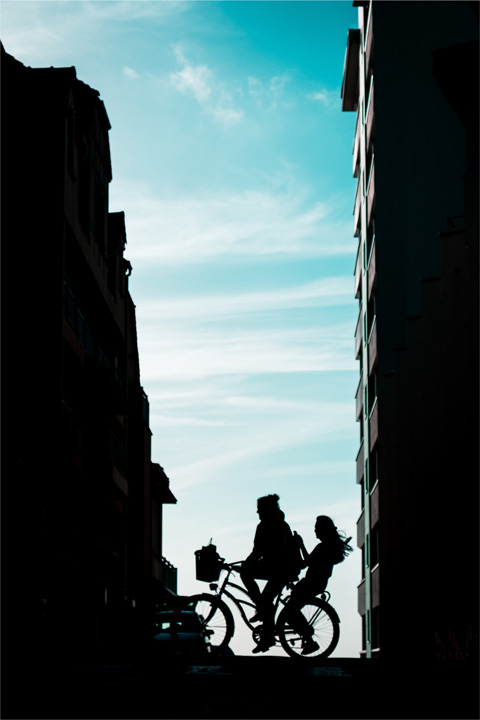
As I mentioned in my last column, cities are now proclaiming the 15-minute approach. Within a 15-minute radius from your city home you can find everything you need. Cities like Paris, Milan and Copenhagen are now even being purposefully converted to this. Bicycles are being introduced and new green spaces are being created – sometimes even with agricultural cultivation.
An intelligent way to cope with the inner-city demand for vegetables which ideally leads to less than 24 hours between harvest and plate. By the way: about 40% of the people now eat lunch together again at least two to three times a week as a family in home office times – before covid it was 2 to 5% in western societies.
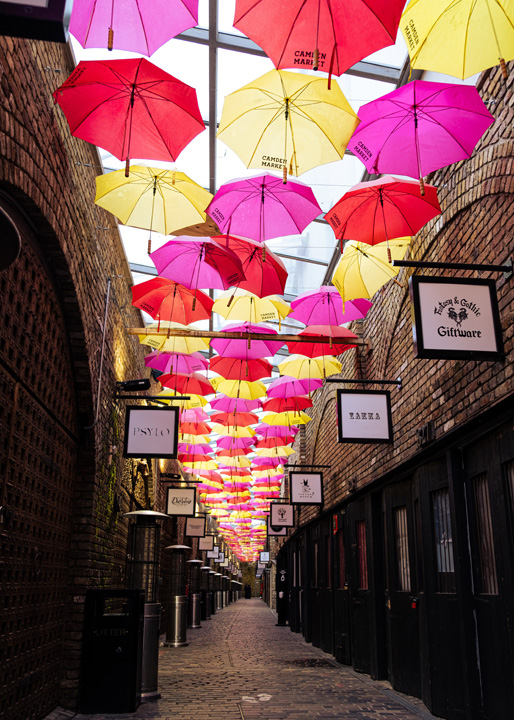
Small, independent and varied neighbourhoods that are worth visiting are once again emerging in our cities. They offer more quality of life, but also economic quality for the individual as well as the community. Increasingly, individual goods are being produced locally again that have a connection to the respective neighbourhood and its producers.
And there will once again be the lovely local high streets. This time around with more and more retail spaces that will be used as platforms for temporary shop or hospitality concepts on purpose. Because that’s also what digitalisation is all about: variety, fluid logistical structures and fast communication that triggers opportunities.
Let’s look forward to a new cool future in our districts to discover and enjoy.


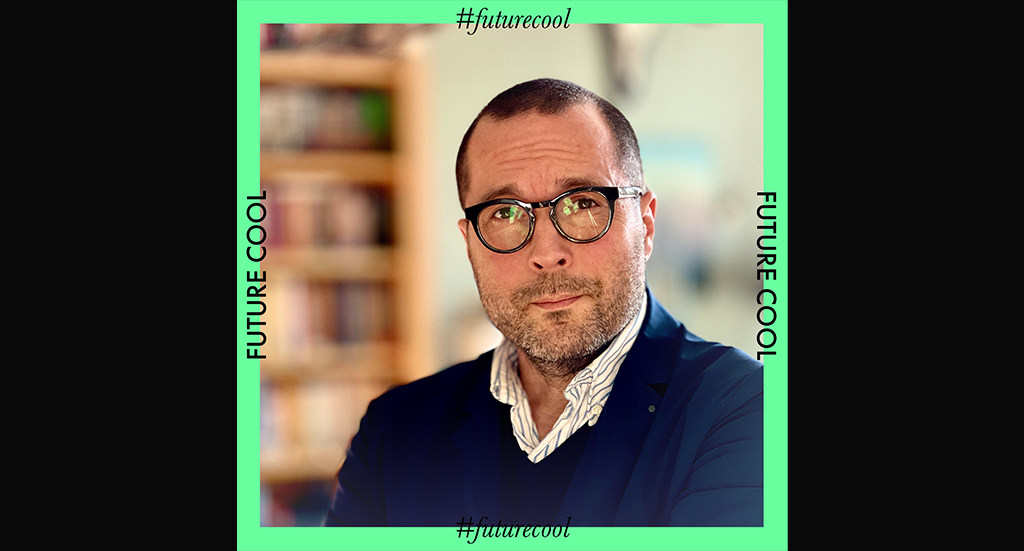
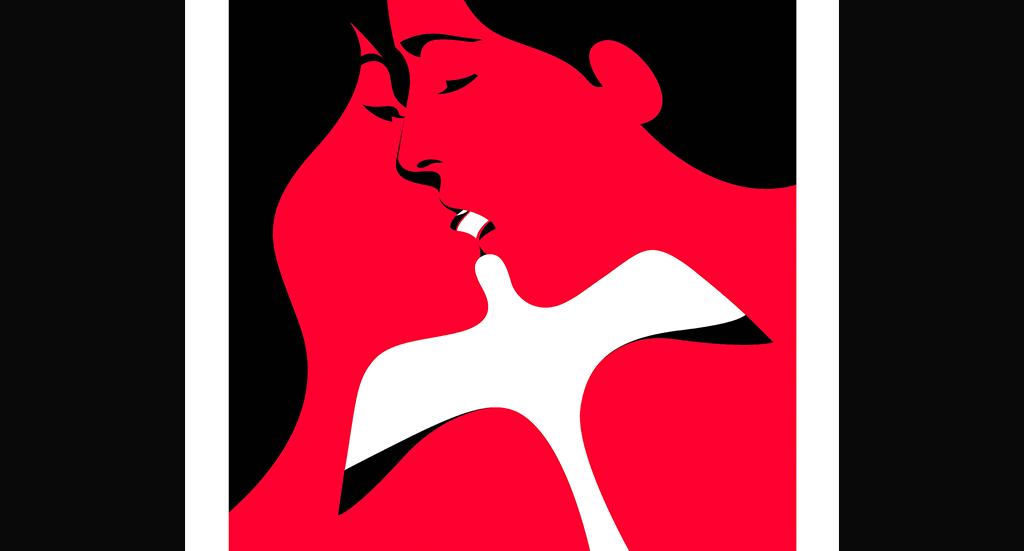


Join our Community